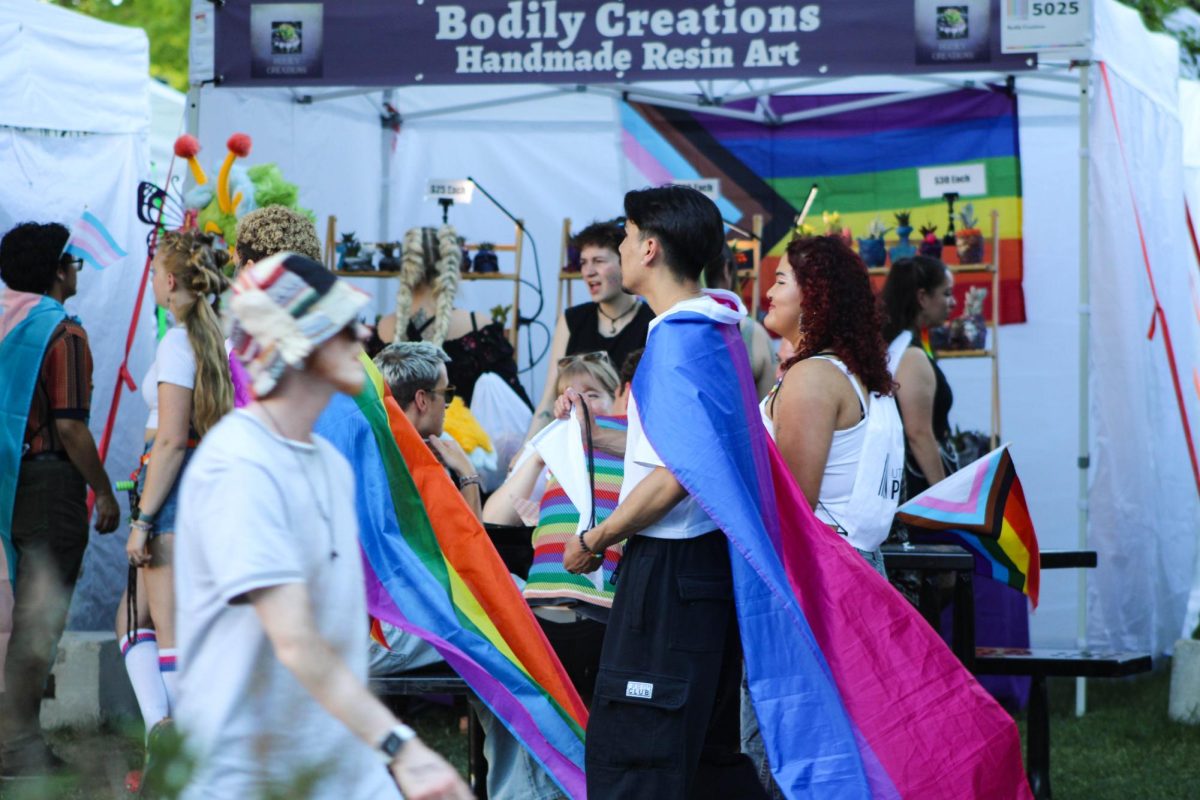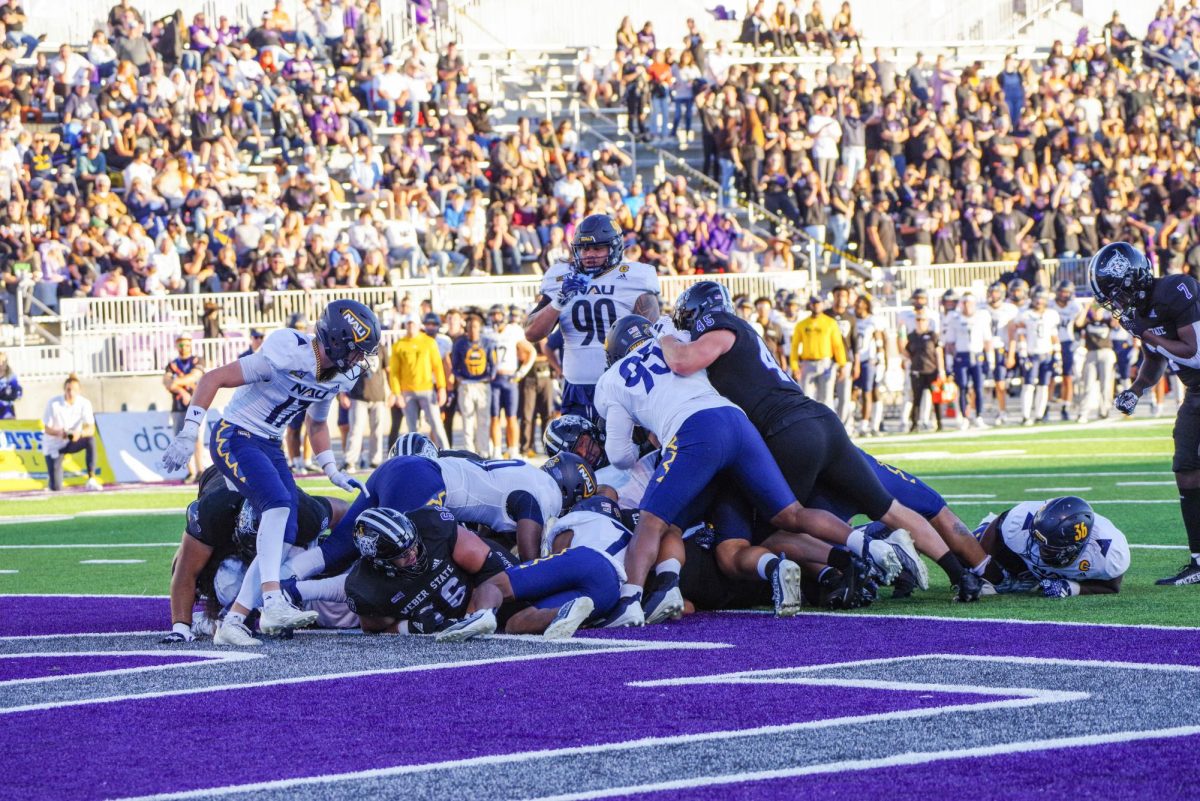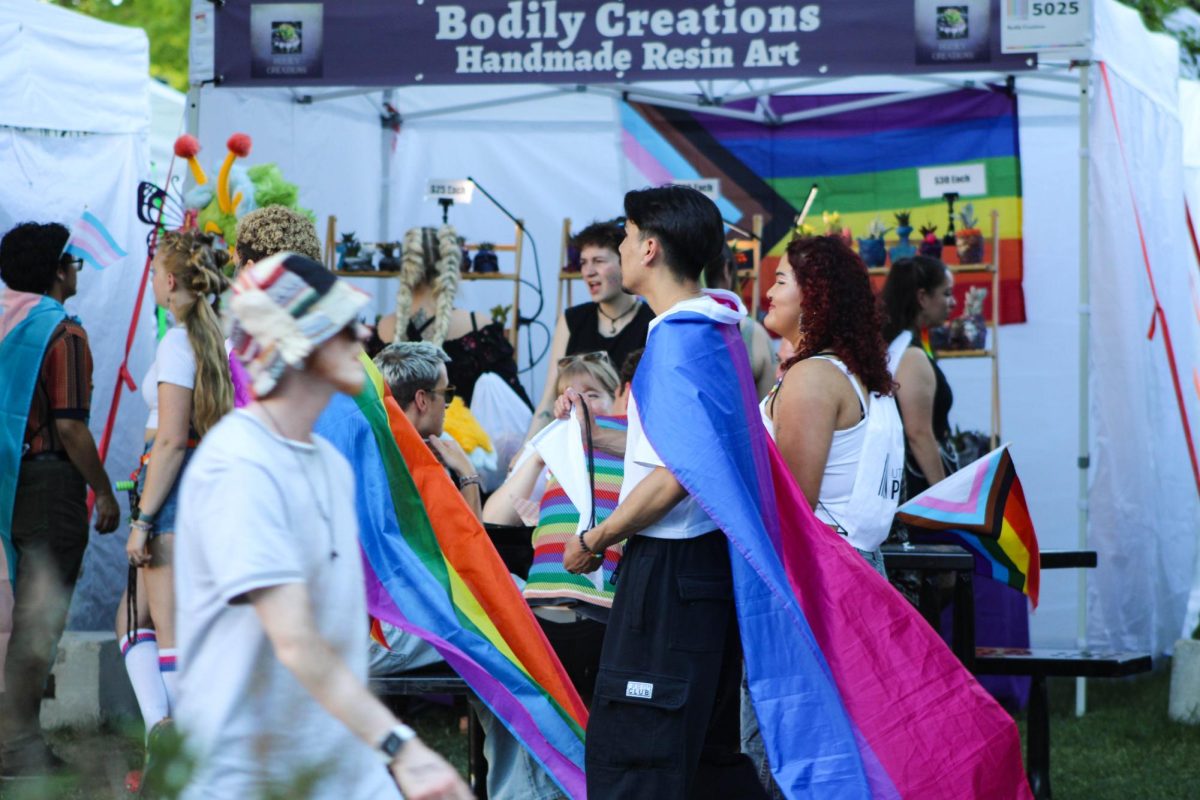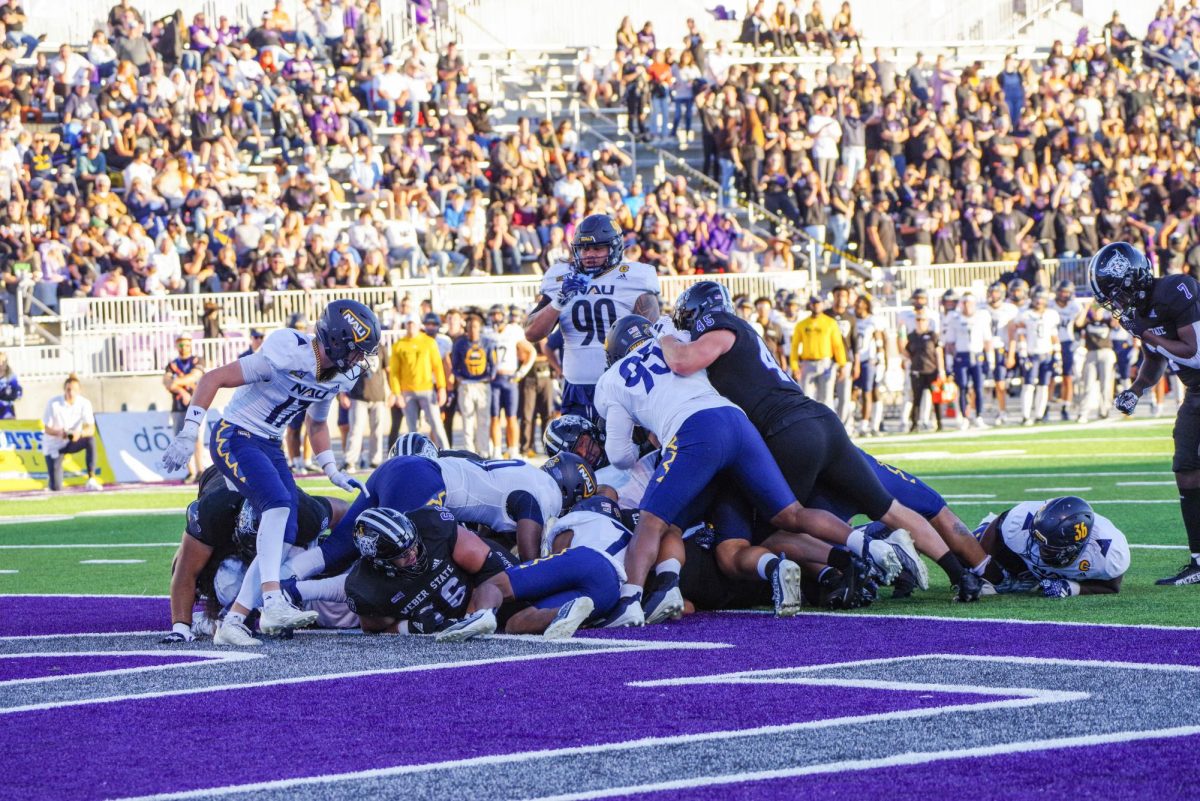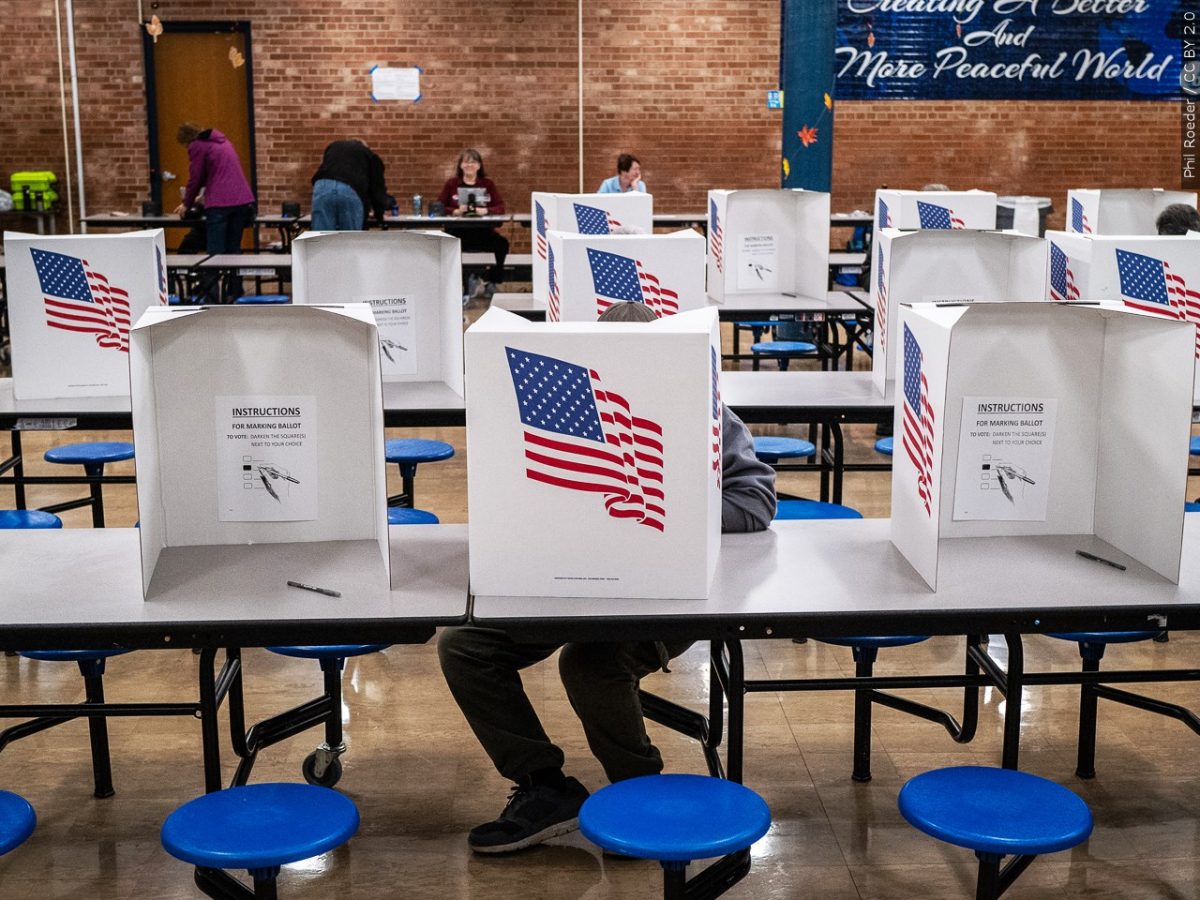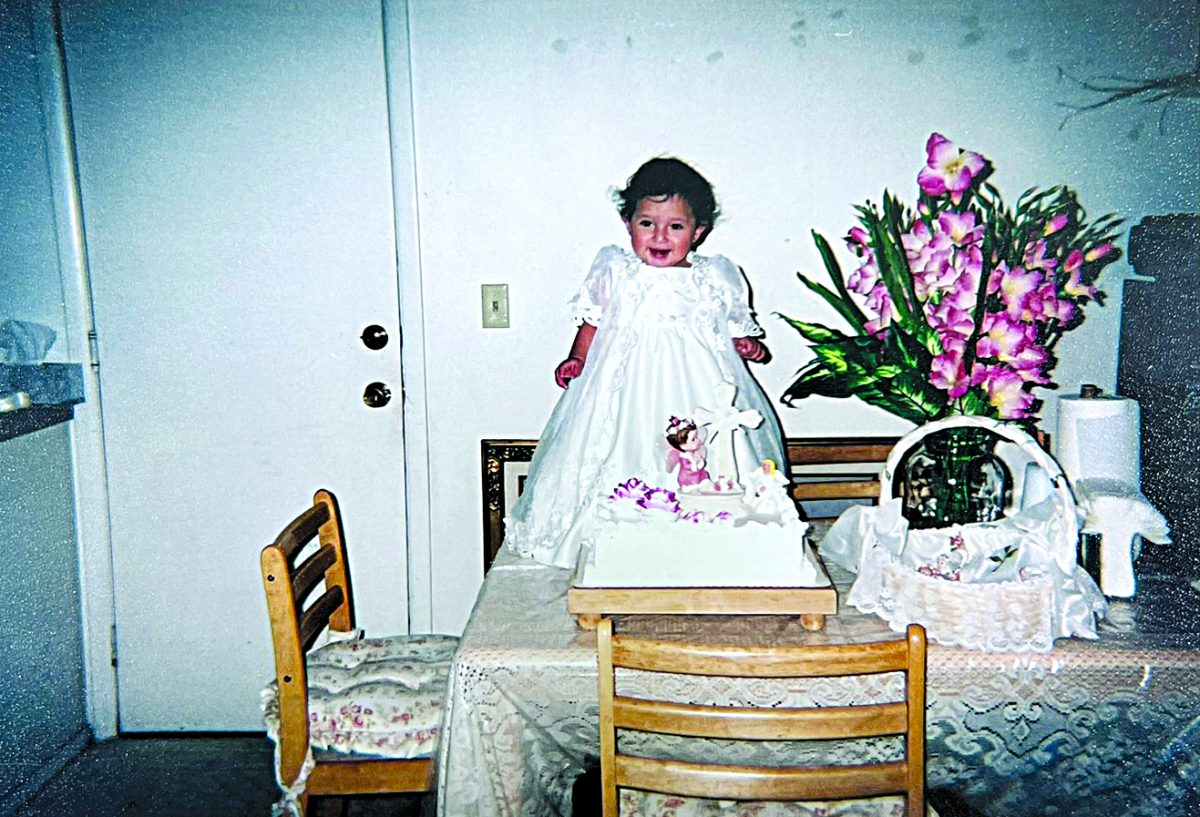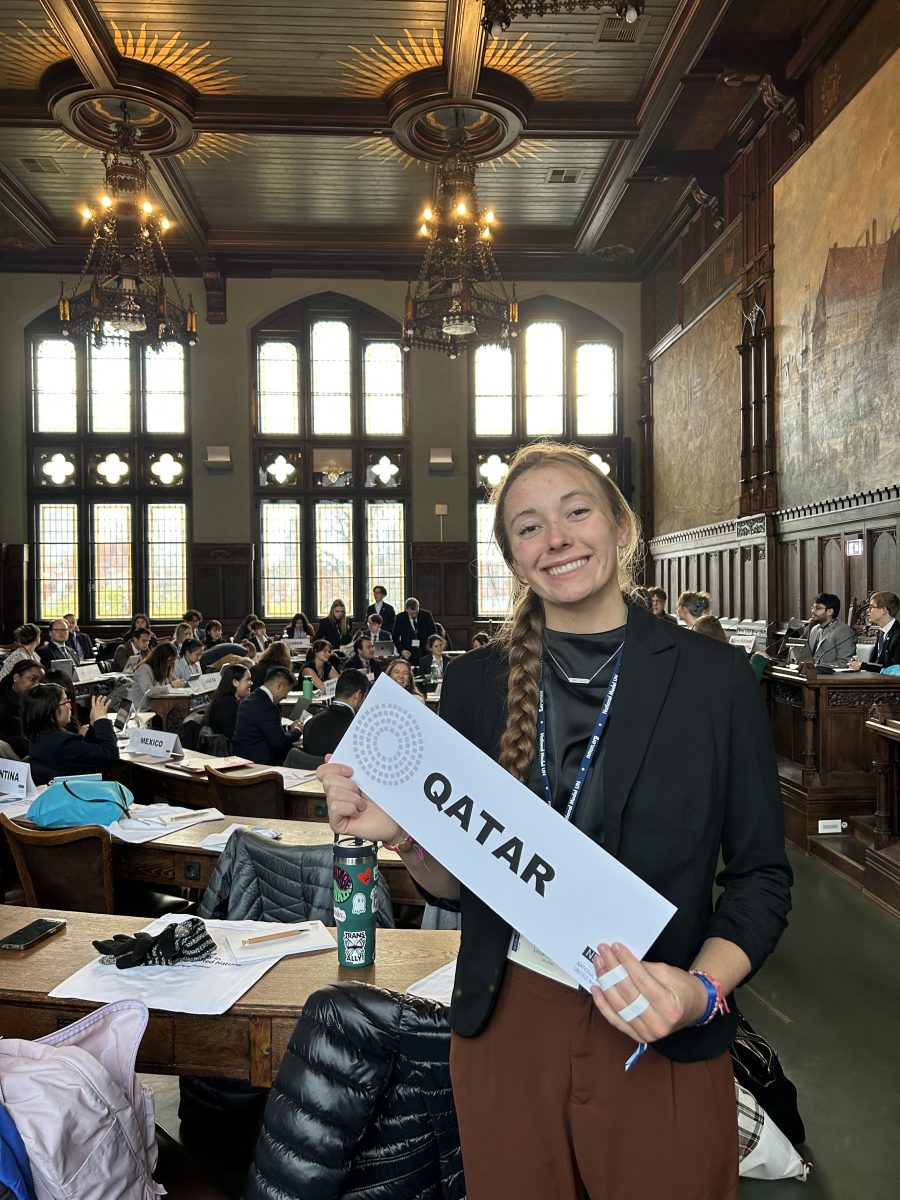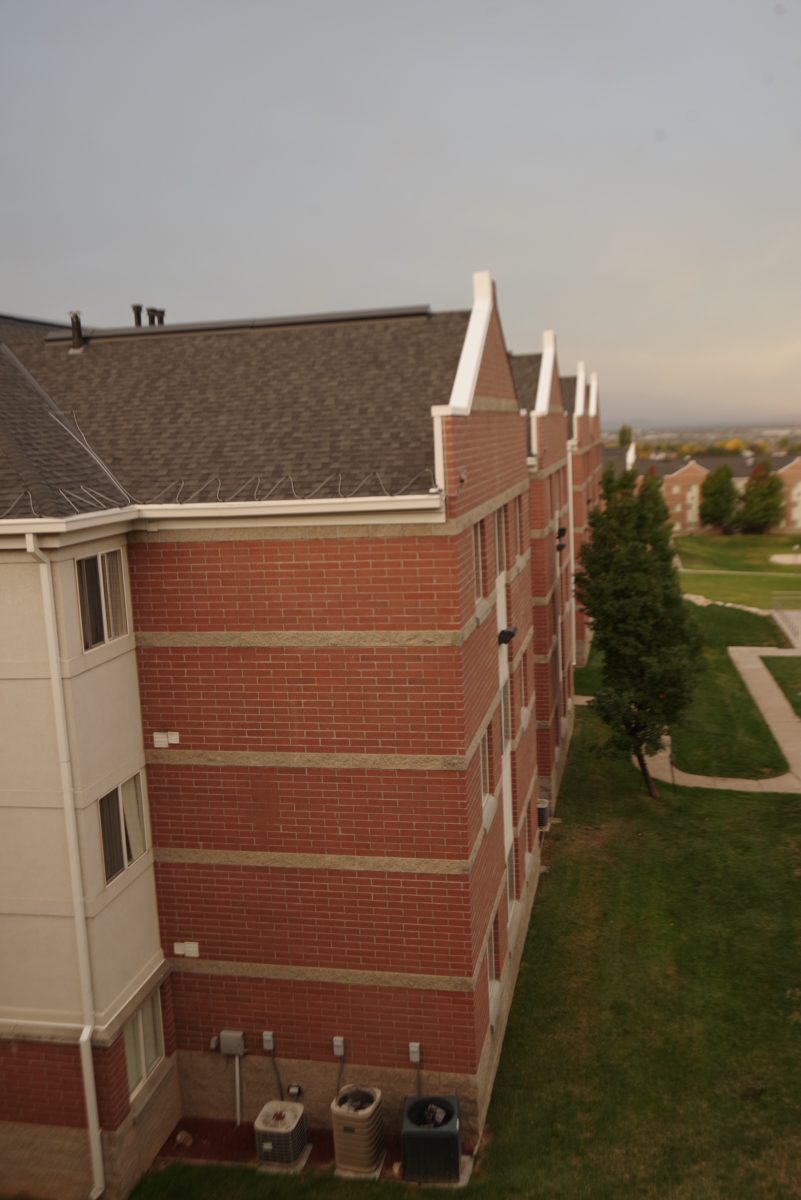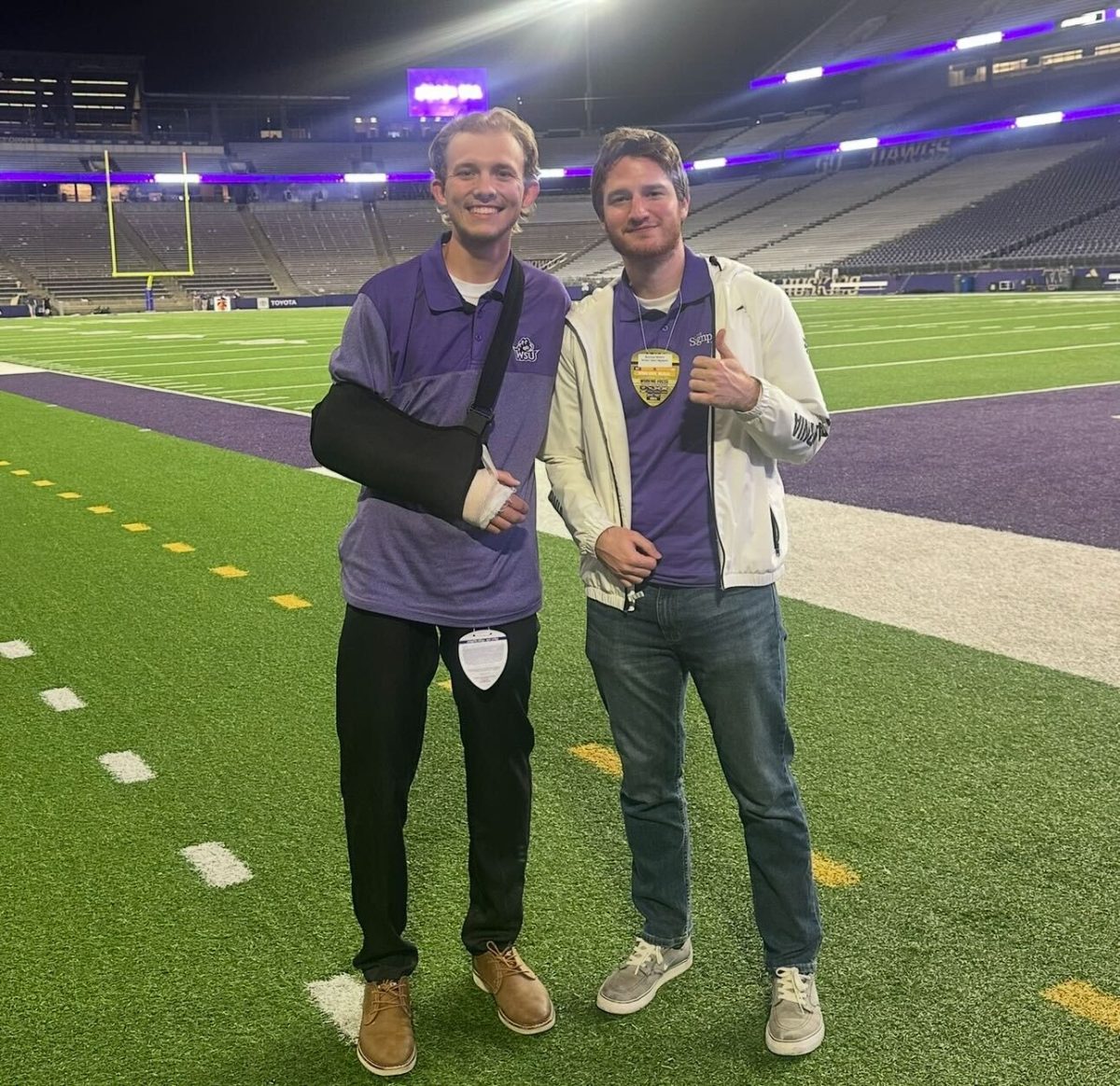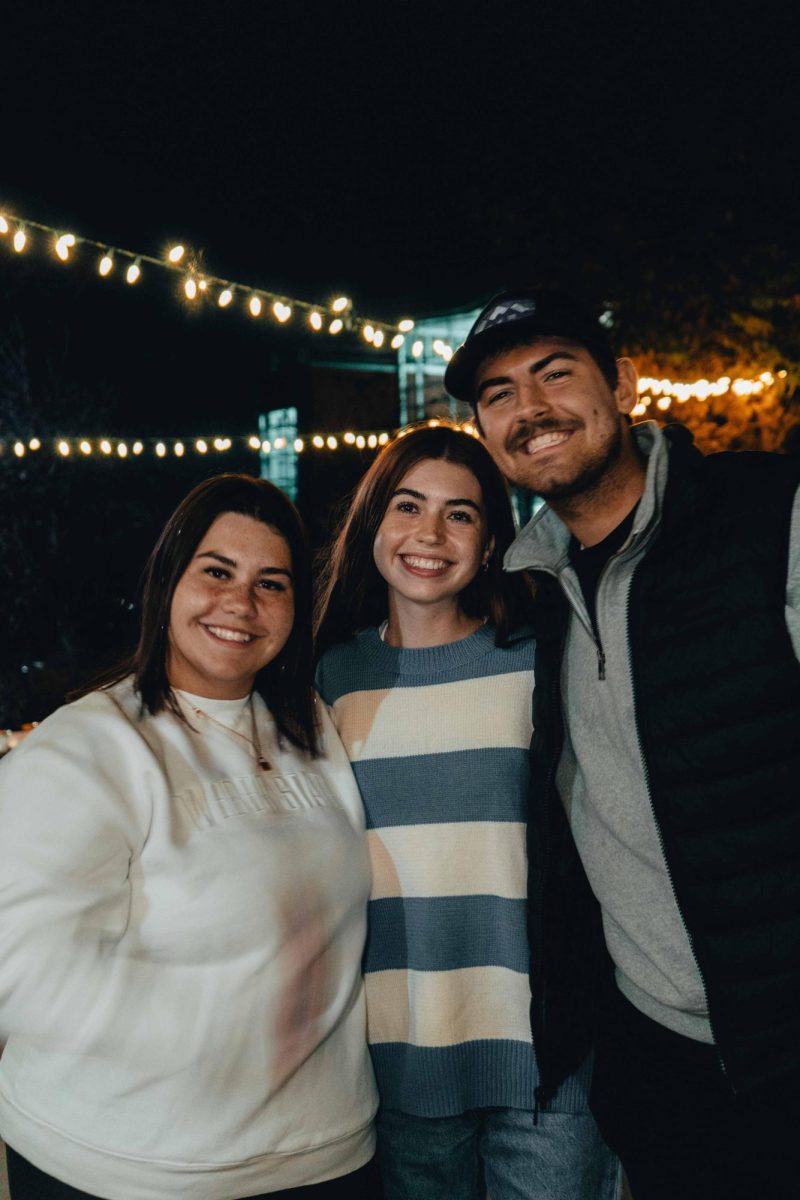This past year of mostly virtual classes has made parking at the Ogden campus of Weber State University so easy. With most students at home, parking lots usually don’t even fill up. If we’re honest, though, it’s typically not even close to this easy.

Current plans for fall 2021 look to returning to more in-person classes. So, whether you’re a new freshman, a student coming up on your second year having only known college during a pandemic, or a longer-term student who has simply forgotten the struggle while at home or enjoyed the ease of parking this last year, chances are we all need a refresher on parking and transportation at WSU.
Sadly, (or luckily?) I have almost too much experience with this. So, as I come up on my final year at WSU, here’s the information and advice I can offer:
Parking
There are various types of parking lots on campus — A, W, R and DC (Dee Events Center) — with various types of permits.
The most expensive permit, at $84 a semester and $125 a year, is the A permit. This allows the student to park at a one of the 14 A lots, as assigned, as well as any W or R lot, Davis Campus and the Dee Events Center. A lots are typically the closest to buildings on campus.
This permit is first only available to seniors and grad students through the A Permit Senior Lottery. The lottery opens for a short period during the summer preceding the academic school year, during which eligible students can apply. When the lottery closes, parking services will randomly assign permits. Any permits left or not picked up afterwards will then be available to underclassmen on a first-come-first-serve basis.
The next permit is the W permit, at $57 a semester and $81 a year, which may be purchased at any time. This permit allows the student to park at any of the 10 W lots, Davis Campus and the Dee Events Center. W lots aren’t really far from campus buildings, but they usually do require a bit more of a walk than A lots.
W lots tend to fill up fast. If you get to campus for an early class, from about 6 a.m. to 8 a.m., or for a later class in the afternoon, you’ll probably be fine and have an easy time finding a parking spot. However, during the common hours between about 9 a.m. and noon the lots are packed, nigh impossible to use. You’ll literally see cars driving in circles around the lots ready to pounce the moment somebody leaves, and you never know how long that will take.
I still remember trying to park my first couple of days of college: I had come to campus during the summer to acquaint myself with which W parking lot I wanted to use and where my classes were, but summer is very different from an active fall semester. On one of my first days of class, I had a hard time parking and got to class about 10 minutes late, where I spent almost the rest of class being lectured by my professor about how I was disrespectful and unprepared for college. A couple of days later, when I got stuck in bad traffic on Highway 89 and would’ve been late to the same class again, I simply opted to skip class that day, rather than be lectured again.
I’ve heard from fellow peers that many other professors are more understanding the first week about parking problems, but it’s still a situation to be avoided.
The DC permit, at $18 a semester and $27 a year, allows the student to park only at the Dee Events Center. Parking here to get to main campus also requires use of the free shuttle bus. The shuttle’s only stops are located in the south side parking lot of the Dee Events Center and near the library. It runs about every 15 minutes from 6:30 a.m. to 8 p.m. during fall and spring semesters.
This permit is a good option — it’s cheap, and the Dee lots are never completely full. Just make sure you’ve allotted some time to ride the shuttle to campus. While the shuttle comes fairly often, there’s often a long line of students waiting to board, so you might have to wait in line for another trip to arrive. Plus, it will take a little bit of extra time for the shuttle to get from the parking lot to the main campus, and then for you to walk from there to wherever your class is.
Additionally, R and R/W permits are available only for campus housing residents and adjoining tenants. R/W (same price as a W pass) allows the student to park in the R lots near their residence, any W lot, Davis Campus and the Dee Events Center, whereas an R permit ($36 per semester, $58 per year) only allows the student to park in the R lots near their residence.
Disability permits can be registered for and purchased at the same price as a W permit by any qualified student and are valid for any lot except reserved stalls, meters and public pay lots.
Students on motorcycles or mopeds can park for free. As the parking services site describes, “There is no permit required to park motorcycles on either campus; however, you must park your motorcycle in the designated motorcycle area. These areas are typically found at the end of parking rows and have green hash marks on the pavement. Motorcycles may not use automobile spaces except at paid meters.”
Temporary permits are also available at $3 per day or $10 per week for no more than two weeks.
All of this information and more can be found on the parking services page of WSU’s website.
Parking rules are enforced and violators will indeed receive a little green ticket on their windshield (oops…), so be sure to comply.
However, there are times when permits don’t matter. Permits and parking meters are only enforced Monday through Friday between 7 a.m. and 4 p.m. What does that mean for your night classes? You can park in any lot. You probably won’t have a hard time finding a spot, either. Just steer clear of reserved spaces, where you can still get fined and make some faculty grumpy.
Aside from university parking, there is also some parking available at the Ogden LDS Institute. The Institute’s website provides information about applying for a free parking permit, which are given out on a first-come-first-serve basis. To qualify for a permit, the student must be registered for any Institute class.
Many students choose to park along streets, such as Harrison Boulevard. However, like the W lots, one might find that even street parking is packed during an active semester.
UTA Ed Passes
Do you want to know a great thing about Weber? Free UTA passes. Free! This is a great alternative method of transportation.
Students can apply for and receive free UTA Ed passes at the Shepherd Union Information Desk. This pass allows the holder to ride any UTA bus, FrontRunner or TRAX (excluding ski buses) for free for as long as the holder is a student at WSU.
If there is a route near you that goes to Weber, I highly recommend this option. I lived in Kaysville when I started school, so when my parking woes were realized, I turned to the UTA pass because there was a straightforward route to WSU (455 UofU to WSU) from the Fruit Heights Park-and-Ride not far from where I lived. I would drive to the Park-and-Ride in the morning, catch the bus to school, catch the bus back to my car in the afternoon and return home. This is a very popular route for many other students in Davis County who can drive or walk to the other Park-and-Rides and stops located along Highway 89. (This specific route may be affected by construction right now, so check UTA’s website.)
Use UTA’s website to find route options, stops and schedules near you. Don’t worry about the bus being late — I’m pretty sure UTA has accounted for expected traffic in their schedules, because the bus was almost always on time, if not early.
There are some downsides to using UTA. You have to allot a little bit more time in your schedule because the bus (or FrontRunner, etc.) has to make other stops. In fact, get to your stop a little bit early, because the next downside is that there’s also no mercy if you get to your stop late and miss the bus. Waiting for the next bus would take a while and make you inevitably late for class, so I would, in these sad cases, either try to beat the bus to the next Park-and-Ride or, if unsuccessful, just drive to the Dee Events Center and take the Shuttle.
The upsides? You save so much gas money! That was a blessing! It should definitely be an incentive with the way gas prices are hiking up right now. The time you spend on the bus also gives you some free time to do homework or just relax. You avoid the stress of parking and having to drive in traffic yourself. Public transportation is also better for the environment.
Even when I moved to Ogden and wasn’t too far from campus, I still found a bus route to campus that made the morning trip easier and let me avoid the parking lots.
So, if you can fit it into your schedule and you have a route near you, public transportation is a great option. The only thing I don’t suggest is taking the bus at night — that gets a little sketchy. If you have a night class, I recommend you just drive, if possible.
Even if you don’t plan on using UTA to get to school, I still recommend every student take advantage of the free UTA Ed pass. It comes in handy for emergency transportation. It also makes a trip to downtown Salt Lake City, using FrontRunner and TRAX, that much cheaper.
Other forms of transportation
Alternatively, I’ve known students who have used carpools, or even carpooling apps like Uber, to get to school.
If you live close enough to campus, you can also walk or ride a bike. This is a great opportunity to get a little exercise and fresh air. There are several bike racks located all over campus.
You can even mix and match all of these forms a little. When I’ve had semesters of both day and night classes, I would often use the bus for day classes and drive for night classes. When I moved to Ogden, I sometimes would ride the bus up to campus and then walk home.
So find what works for you and breathe easy when it comes to college transportation.




